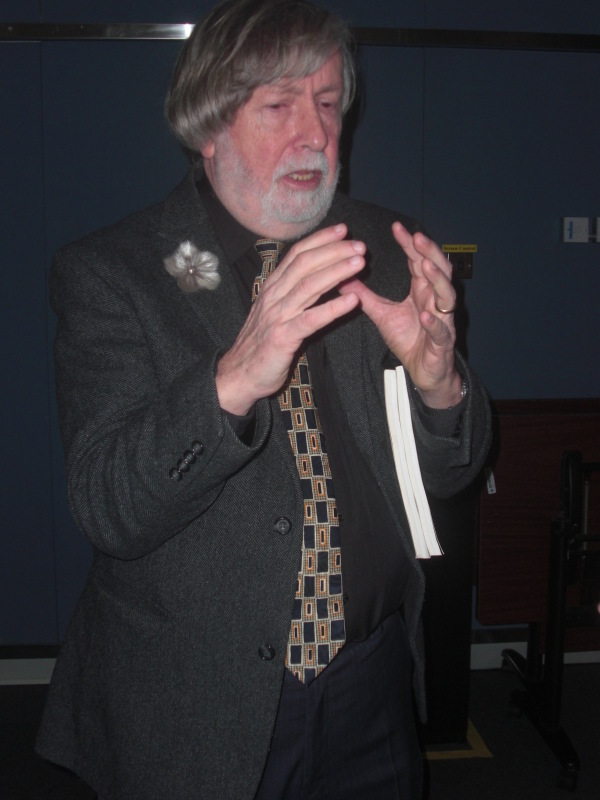Gordon Edwards placed a clarifying forward online regarding the article, “No More Weapons-Grade Uranium for Medical Use?: Canada ships first synchrotron isotopes”. We reproduce same here for readers technical reference.
1. The old messy way of getting medical isotopes using weapons grade uranium
For decades, AECL has used weapons-grade uranium – highly enriched uranium (HEU) that is 93 percent uranium-235 – to produce medical isotopes, using the geriatric NRU reactor at Chalk River Ontario. (This usage is still going on, but the Government of Canada has said that it will cease after 2016.)
This kind of weapons-grade uranium is the same as that used in the Hiroshima bomb. Such a bomb is a low-tech nuclear weapon that requires no prior testing. Any well equipped terrorist group could make such a bomb, powerful enough to destroy the core of any city, if they had the weapons-grade HEU as a raw material to start with.
At Chalk River, the HEU is used as a “target” that is exposed to neutrons coming from the core of the NRU reactor. When the neutrons strike the uranium-235 atoms they “split” them, creating hundreds of varieties of radioactive byproducts called “fission products”. These are the broken pieces of uranium atoms, most of them not found in nature, that are millions of times more radioactive than the original uranium atoms were.
One of those fission products is molybdenum-99 (Mo-99). It is sold to hospitals around the world as a tool (called a “technetium generator) for diagnostic examinations. It turns out that Mo-99 has a half-life of 66 hours (a bit less than 3 days) so it has to be packaged, shipped, and used promptly.
So to get the Mo-99 into a usable form, one has to act quickly. It is necessary to dissolve the irradiated “target” in boiling nitric acid, creating a highly radioactive and corrosive liquid that contains all of the fission products as well as the residual (unfissioned) HEU. A chemical process is then used to separate the Mo-99 from this hot chemical soup. This leaves behind a growing inventory of high-level radioactive liquid waste that was stored, until about 10 years ago, in a large double-walled tank called the FISST – Fissile Solutions Storage Tank – at Chalk River.
The FISST is now full, containing 23,000 litres of high-level radioactive liquid waste. Because of the fission products it emits dangerous levels of gamma radiation and continues to generate heat. There is also weapons-grade uranium left in the tank, in a dissolved liquid form. Plans are afoot to truck this highly dangerous material over 2000 km in a series of shipments over public roads, from Chalk River Ontario to the Savannah River Site (SRS) in North Carolina — an important facility used by the US Department of Energy in the manufacture of nuclear weapons among other things.
These shipments are unprecedented, as high-level liquid waste – which by definition contains dissolved irradiated nuclear fuel – has never before been trucked over public roads in North America. A petition opposing these shipments can be found at: http://ccnr.org/resolution_CRL_SRS_2013.pdf .
2. An alternative method that uses no HEU and produces no high-level radioactive waste
Molybdenum-100 is a non-radioactive isotope of the element molybdenum that can be purchased in bulk. When a Mo-100 atom is struck by a very high-energy X-ray, a neutron is sometimes knocked out the nucleus to produce radioactive Mo-99. The result is a mass of molybdenum that is mostly Mo-100 with a significant fraction of Mo-99, that can be used as a “technetium generator”. Once the Mo-99 has been pretty well used up (by radioactive decay), the Mo-100 can be recycled and re-used to produce more Mo-99.
This process does not require the use of any kind of uranium, and does not produce fission products. There is no solid or liquid high-level radioactive waste left over.
Gordon Edwards.










